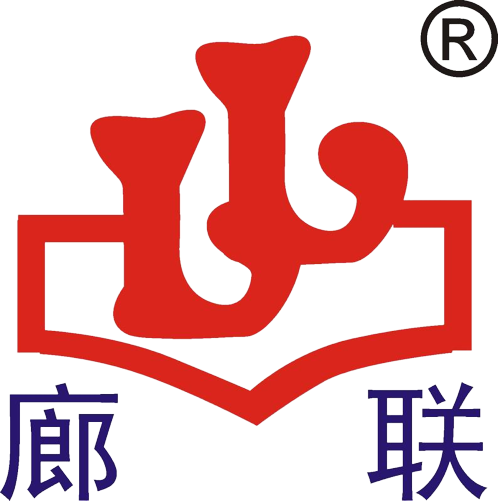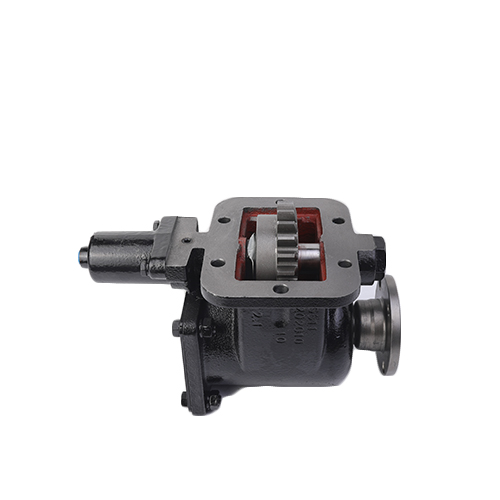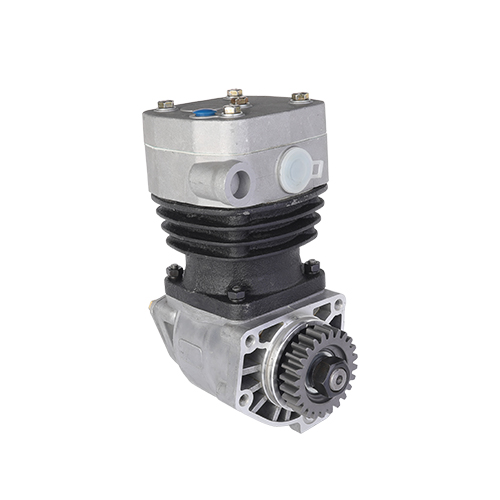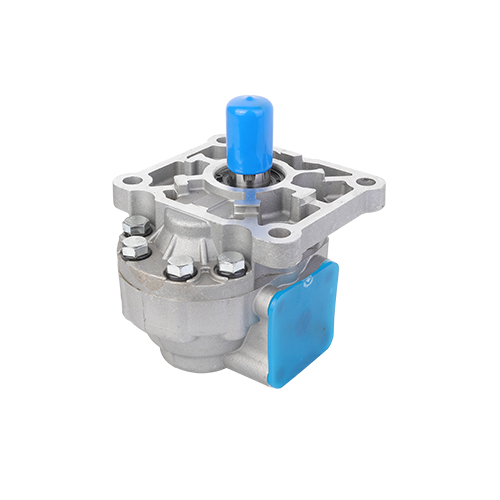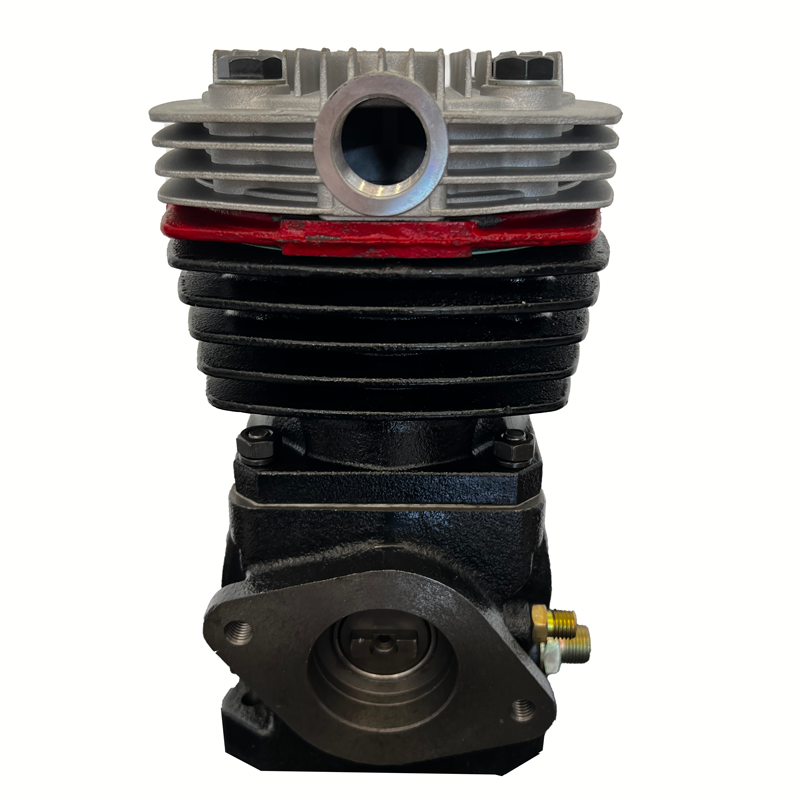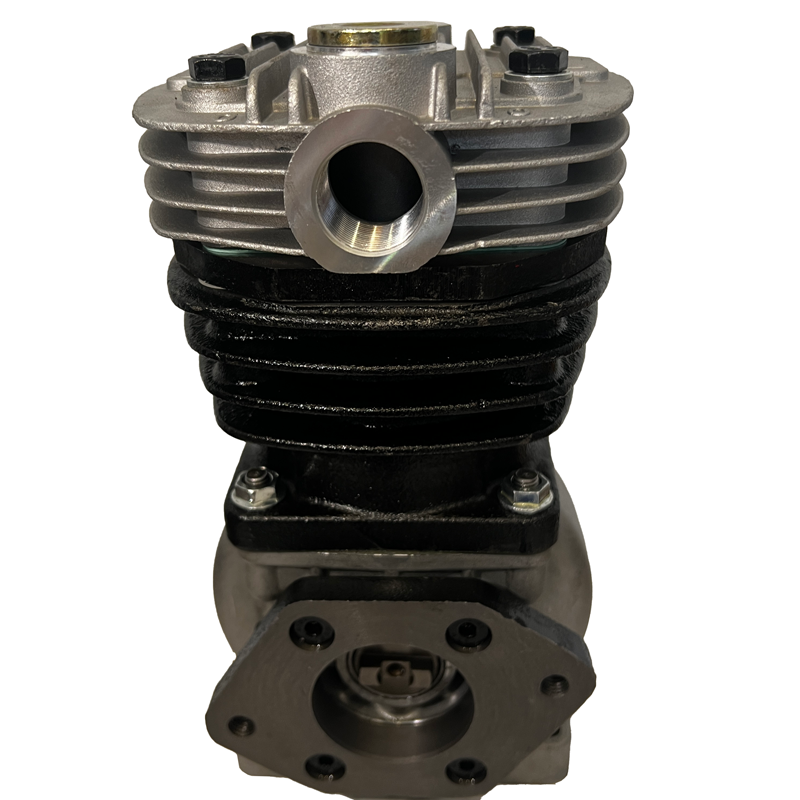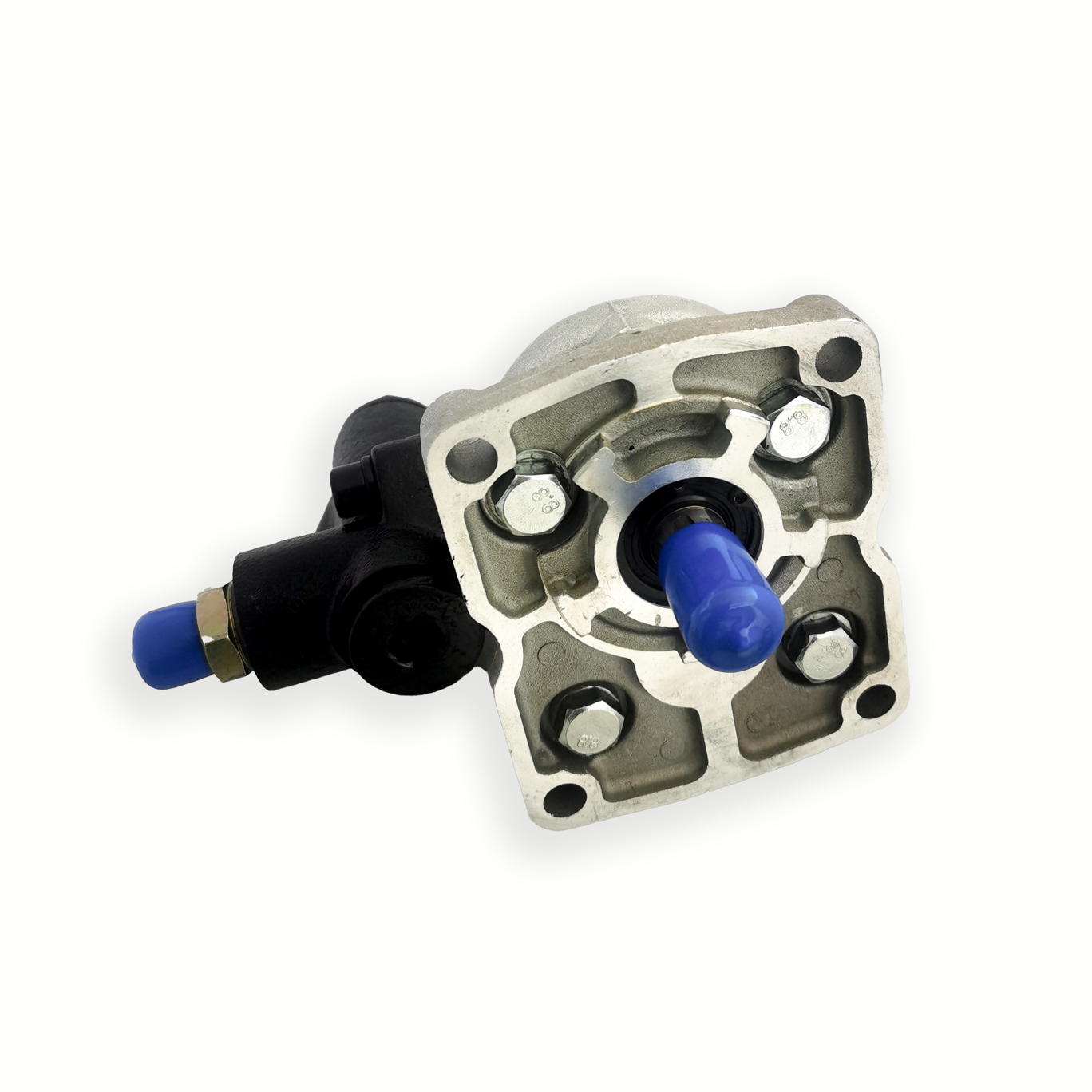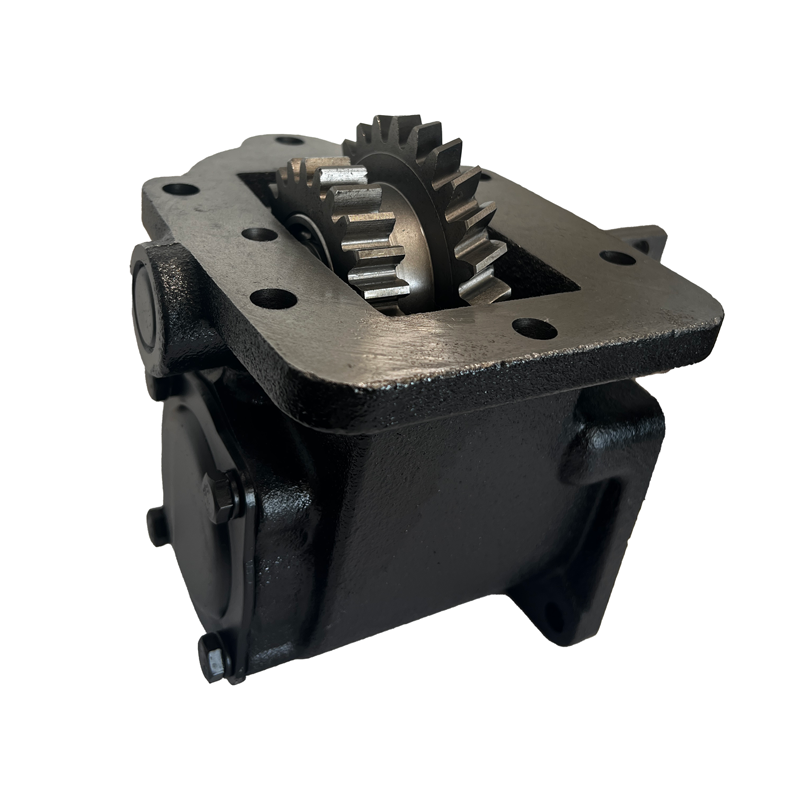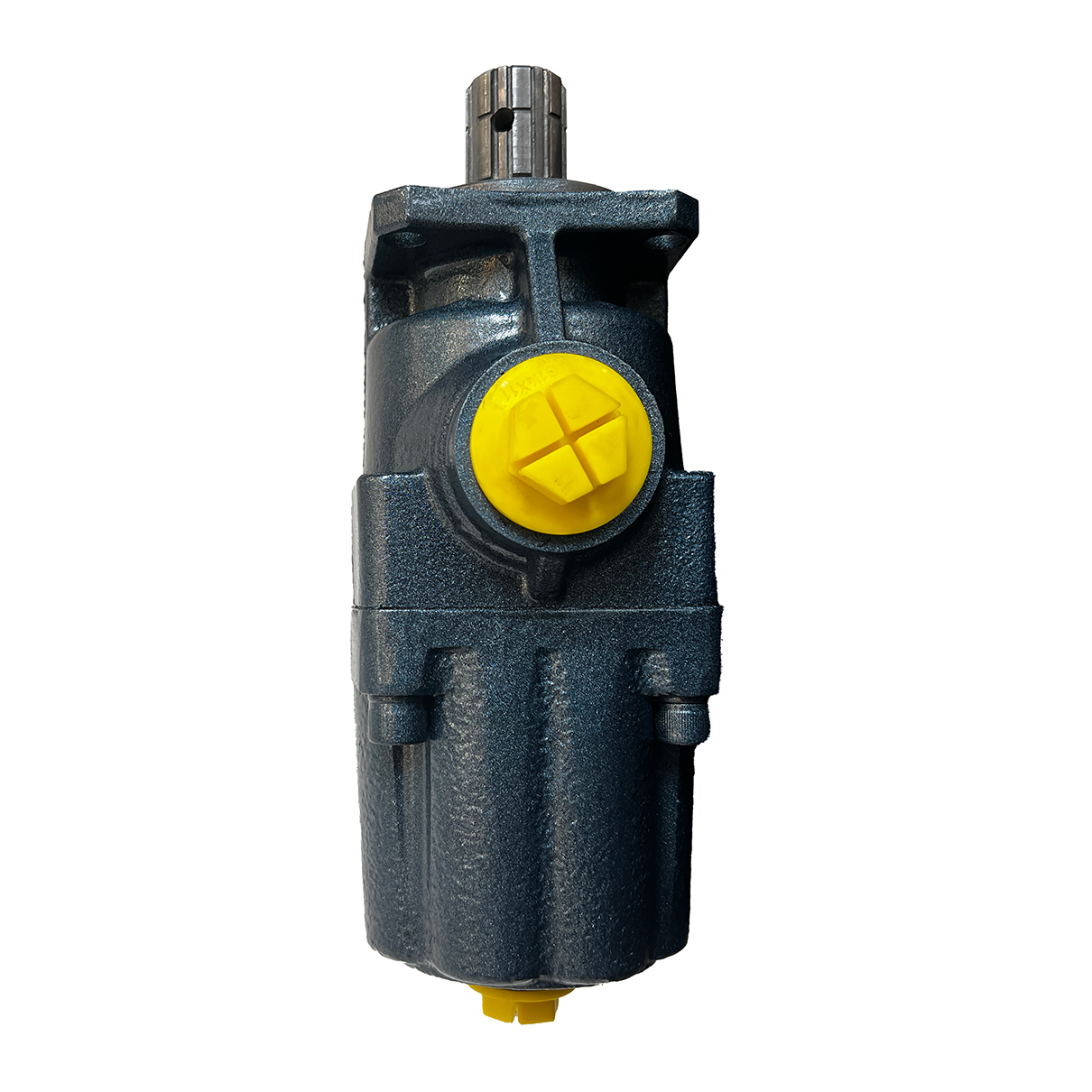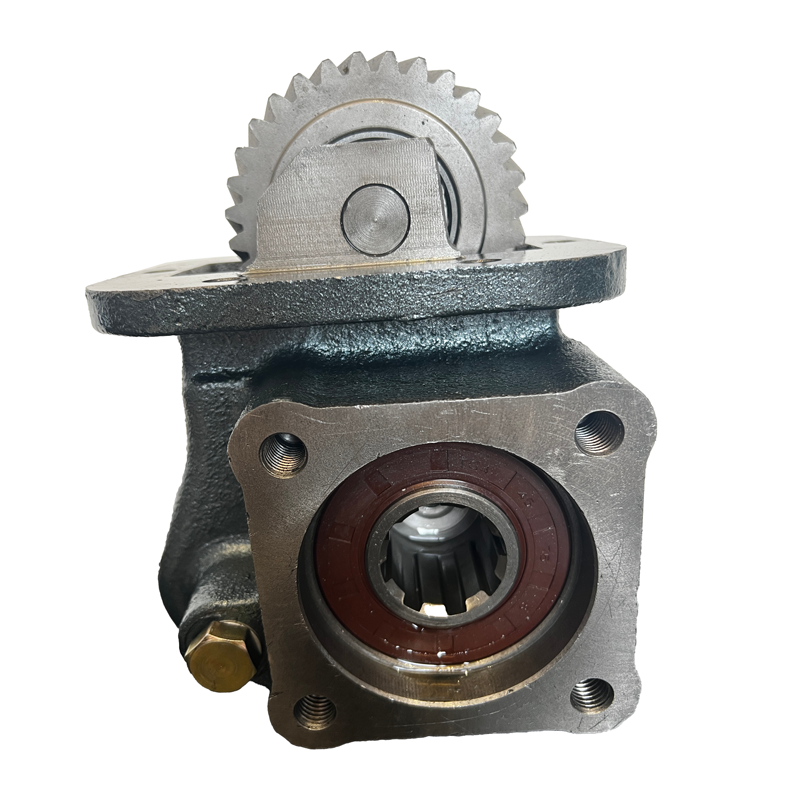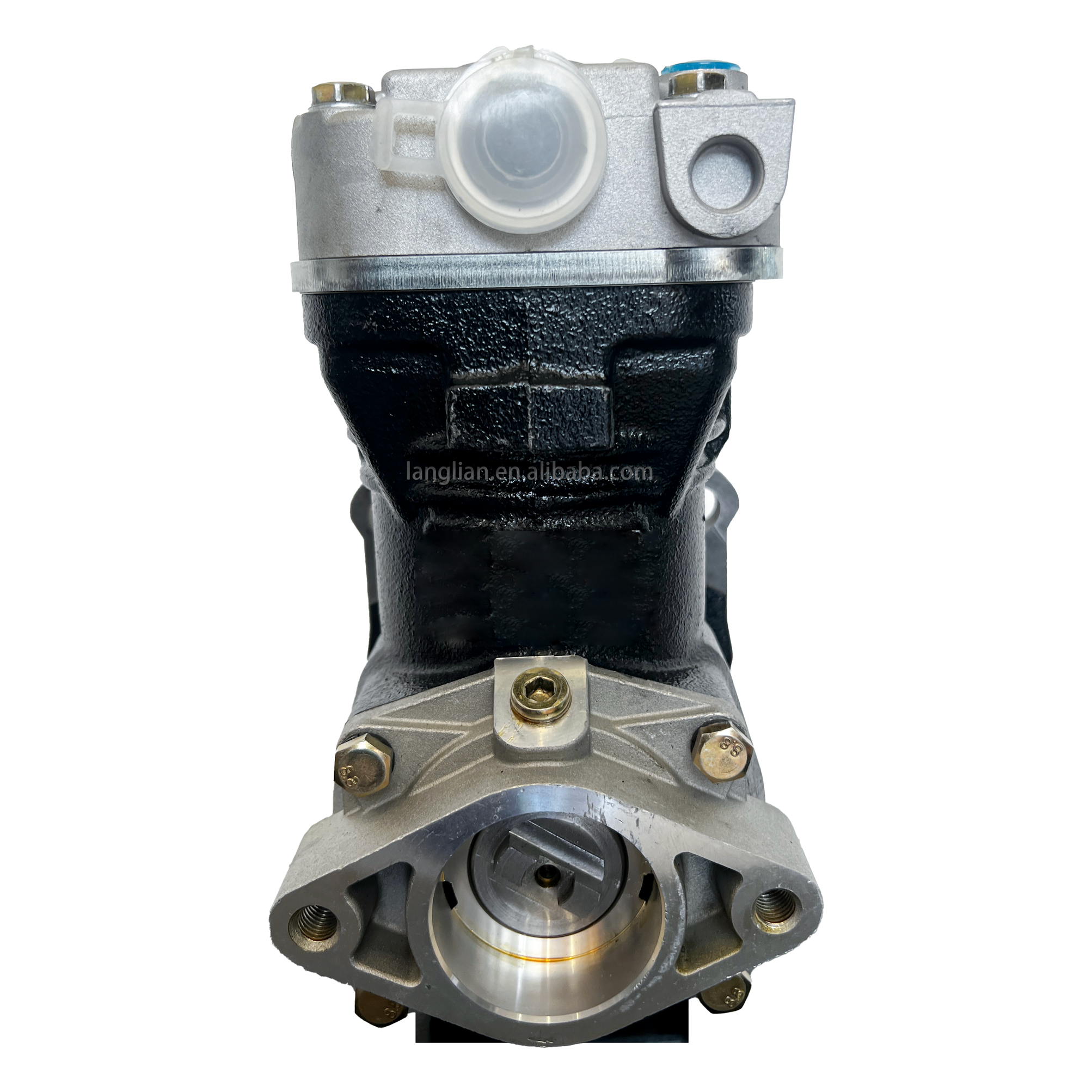A Power Take-Off (PTO) is a mechanical device integrated into vehicles—primarily trucks, tractors, and commercial machinery—to transfer power from the vehicle’s engine to auxiliary equipment. Unlike the engine’s main function of powering the vehicle’s wheels, a PTO taps into the engine’s rotational energy, redirecting it to drive non-propulsive tools or systems. This "energy redirection" capability transforms standard vehicles into multi-functional workhorses, eliminating the need for separate engines to power auxiliary gear.
PTOs are designed to match the engine’s power output and operating speed, ensuring seamless compatibility with diverse auxiliary equipment. They typically connect to the vehicle’s transmission, flywheel, or crankshaft, with engagement mechanisms (mechanical, hydraulic, or electric) that let operators activate or deactivate power transfer on demand. Structurally, a basic PTO system includes a drive gear (linked to the engine), an output shaft (connecting to auxiliary tools), and a clutch or switch for controlled engagement. Modern PTOs also often feature safety locks and overload protection to prevent damage to both the device and connected equipment.
2. Core Applications of PTOs
PTOs are indispensable across industries where mobile power for auxiliary tools is critical. Their versatility makes them a staple in agriculture, construction, transportation, and emergency services, among others.
Agriculture
Agriculture is one of the earliest and most widespread adopters of PTO technology. Tractors equipped with PTOs power a wide range of farm machinery, replacing labor-intensive manual work and boosting efficiency. Common applications include:
- Harvesting Equipment: Combine harvesters use PTOs to drive cutting blades, conveyor belts, and grain separators, enabling rapid harvesting of crops like wheat, corn, and rice.
- Irrigation Systems: PTO-driven water pumps draw water from wells or rivers to irrigate fields, eliminating reliance on fixed electrical pumps and allowing irrigation in remote areas.
- Soil Preparation Tools: Plows, tillers, and seeders rely on PTO power to break up soil, mix fertilizers, and plant seeds uniformly—critical for preparing land for cultivation.
- Livestock Equipment: Feed mixers and hay balers use PTOs to blend animal feed or compress hay into bales, streamlining livestock care and feed storage.
Construction and Mining
In construction and mining, where heavy-duty equipment operates in harsh, off-road conditions, PTOs provide reliable power for tools that require high torque. Key uses include:
- Material Handling: Dump trucks use PTOs to power hydraulic systems that lift and tilt the truck bed, enabling efficient unloading of soil, gravel, or construction debris.
- Concrete Work: Concrete mixers on trucks use PTOs to rotate the mixing drum, ensuring the concrete remains homogeneous during transport from the batching plant to the construction site.
- Mining Tools: Small mining vehicles use PTOs to drive crushers or conveyors that process and move ore, reducing the need for large, fixed mining machinery in tight spaces.
Transportation and Logistics
In the transportation sector, PTOs enhance the functionality of commercial vehicles beyond mere cargo transport:
- Refrigerated Trucks: PTOs power the refrigeration units (reefers) on trucks, maintaining a consistent low temperature to preserve perishable goods (e.g., food, pharmaceuticals) during long-haul transport—more fuel-efficient than relying on the truck’s battery.
- Tanker Trucks: For tankers carrying liquids (e.g., fuel, water) or granular materials, PTOs drive pumps that load or unload cargo, eliminating the need for external pumping systems at loading docks.
- Tow Trucks: PTOs power the hydraulic winches and lift mechanisms on tow trucks, enabling them to pull disabled vehicles onto the truck bed or tow them safely.
Emergency and Municipal Services
Emergency and municipal vehicles depend on PTOs to deliver critical services efficiently:
- Fire Trucks: PTOs drive the water pumps and foam systems on fire trucks, providing high-pressure water or foam to extinguish fires—essential for rapid response in emergency situations.
- Garbage Trucks: Rear-loading or side-loading garbage trucks use PTOs to power the compaction mechanisms that compress waste, maximizing the truck’s cargo capacity and reducing the number of trips to landfills.
- Road Maintenance Vehicles: PTOs power snowplows, salt spreaders, and asphalt rollers on municipal road maintenance trucks, enabling quick clearing of snow and ice in winter or repair of roads year-round.
3. Key Advantages of PTOs
The widespread adoption of PTOs stems from their unique advantages that address the needs of various industries:
- Cost Efficiency: By using the vehicle’s existing engine to power auxiliary equipment, PTOs eliminate the need to purchase, maintain, and fuel separate engines for tools—reducing upfront and long-term costs.
- Mobility: PTO-equipped vehicles can bring power to remote or job-specific locations (e.g., rural farms, construction sites without electricity), enabling work in areas where fixed power sources are unavailable.
- Space Savings: Integrating a PTO into the vehicle’s existing mechanical system saves space compared to mounting separate engines, making it ideal for vehicles with limited cargo or equipment space (e.g., small trucks, tractors).
- Power Consistency: PTOs deliver power directly from the engine, ensuring a steady and reliable power supply—critical for equipment that requires consistent torque (e.g., concrete mixers, irrigation pumps) to operate effectively.
4. Conclusion
In summary, a Power Take-Off (PTO) is a vital mechanical component that unlocks the full potential of vehicles by redirecting engine power to auxiliary equipment. Its ability to transform standard trucks, tractors, and machinery into multi-functional tools has made it indispensable across agriculture, construction, transportation, and emergency services. By enhancing efficiency, reducing costs, and enabling mobility, PTOs play a quiet but critical role in supporting global industries—ensuring that work can be done faster, more reliably, and in even the most remote locations. As technology advances,
modern PTOs (e.g., electric PTOs for hybrid vehicles) continue to evolve, further expanding their applications and solidifying their status as a cornerstone of industrial and commercial operations.
